We are increasingly using generative artificial intelligence systems to create text, graphics or video. What often stops us from using these tools to their full potential are concerns about the copyright protection of the results of using AI systems.
For many organisations, it is important that at least some of the results of their employees’ work are protected by copyright. However, they are hearing from all sides that content generated by AI systems is not protected by copyright.
Below is my proposal for how the results of the use of AI systems within an organisation should be treated in practice from a copyright perspective.
For the sake of simplicity, I will only analyse the creation of text documents (including source code for computer programs), which make up the vast majority of creative output in companies.
Why is this important?
Example 1
The company has a system in place for increased deductible costs of up to 50% for income tax of employees, which requires employees to transfer copyright in the works they create. A key question therefore arises: does the employee who created these works using the AI system own the copyright in such a work and can he transfer it to the employer?
Example 2
The company has entered into contracts with clients under which it has undertaken to assign copyright in certain results of the performance of the contract. Would the use of the AI system to perform the contract not constitute a breach of such an obligation?
Definition of a work and AI
Under Polish copyright law, only a person can be the author of a work. This is because the work must have an individual character reflecting the author’s personality. This condition is met only if the work is created by a human being.
Does this eliminate the possibility of protecting works created with AI tools? In my opinion, no, as long as some conditions are met.
When does copyright protection work?
In simple terms, for a work to be considered a copyrightable work, it must have a combination of three characteristics:
- be an expression of creative activity (i.e. the work is original and not a copy of another work)
- have an individual character (i.e. it is not the result of working according to a particular pattern or instruction; everyone would do the job differently);
- be the result of human work.
The possibility of a work being created by human use of AI-based tools is therefore not excluded a priori, as long as the above conditions of creativity and individuality are met.
How do we use AI systems?
The AI tools that help us to create text can work in several ways.
We can type the appropriate instruction (prompt) and the AI system will generate the text. We can also write the text ourselves, and the system will provide us with phrases to end our sentences or suggest further continuation. We can also work on our text by editing it with the help of the AI system (e.g. editorial changes, vocabulary changes, etc.).
If our contribution is limited to entering a prompt and we do not interfere with the generated text, it will not be subject to copyright protection. The premise of individual creativity is not met. This situation is easy to judge.
In practice, however, this is not the most common scenario for the use of AI systems (at least as long as these systems do not improve the quality of the generated text). The generated text will be subject to changes, the extent of which will be decided by humans.
When is a man-made work a copyrightable work?
When we are dealing with a man-made work, we need to answer to a few simple questions such as:
- whether the work has been fixed in some way,
- whether the author had creative freedom,
- whether the author did not act according to a specific instruction.
They are not too difficult to answer. The courts are quite liberal in granting copyright status to work where the scope of this ‘creative freedom’ and the space for the expression of individual character, is often very narrow.
Therefore, if a person presents as his or her work a text that has been created using AI tools but within which he or she has made interventions that give it an individual character, I see no obstacle to such a text being considered copyrightable.
Consequences of an excessively strict approach to copyright protection
If we deny copyright protection to works created by humans using artificial intelligence tools, I fear that we will soon find that very few works will be protected as works.
If we deny copyright protection to works created by humans with the help of AI systems, it will soon become apparent, once Copilot becomes widespread in Microsoft products, that no one using the Word editor should be the author (in the sense of copyright) of any text, because, after all, it is impossible to exclude that it was generated by an AI system, or it will not be known which parts of the text were created by a human and which parts were created by an AI system. Moreover, it will be incumbent on any user of such an editor to suspect that he or she has simply generated entire text from the AI system.
The same will be true of source code, photographs, graphic design and all other works created every day around the world with popular software. Does the addition of AI modules to this software mean that millions of people and thousands of companies will be deprived of copyright protection simply because there is no clear legal regulation of such situations?
Conclusion and practical recommendations
As long as a given result of a person’s work is a manifestation of his or her creative activity of an individual nature, the tool used to create that work should not matter.
We are currently in a period of some intellectual chaos, which will probably be sorted out in a few years’ time through case law or legislative intervention. However, I do not think that we need to wait.
It is enough to apply the current law. The use of AI tools does not automatically imply a lack of creative freedom and individuality of the work. We should assume that if a work is presented as having been created by a particular person, it is a copyrighted work. Only in the next step we should consider whether this work meets the universal requirements for copyright protection.
If we know that AI tools have been used to create a work, we should only examine more carefully whether the conditions for recognising the work as a copyrightable work are met, taking into account that the scope of creative freedom and individual character may be less in such a case than if such tools had not been used. Perhaps this will also force a better verification of those works that have been created in a “traditional” way.
It is also worth ensuring that appropriate guidelines or policies are in place within the organisation to clearly indicate how AI tools are to be used in order to to minimise legal risks, including the risk of lack of copyright protection that I have discussed. This is particularly important in such organisations that have implemented a 50% income tax costs systems and those that transfer copyright to clients.
Let’s discuss.
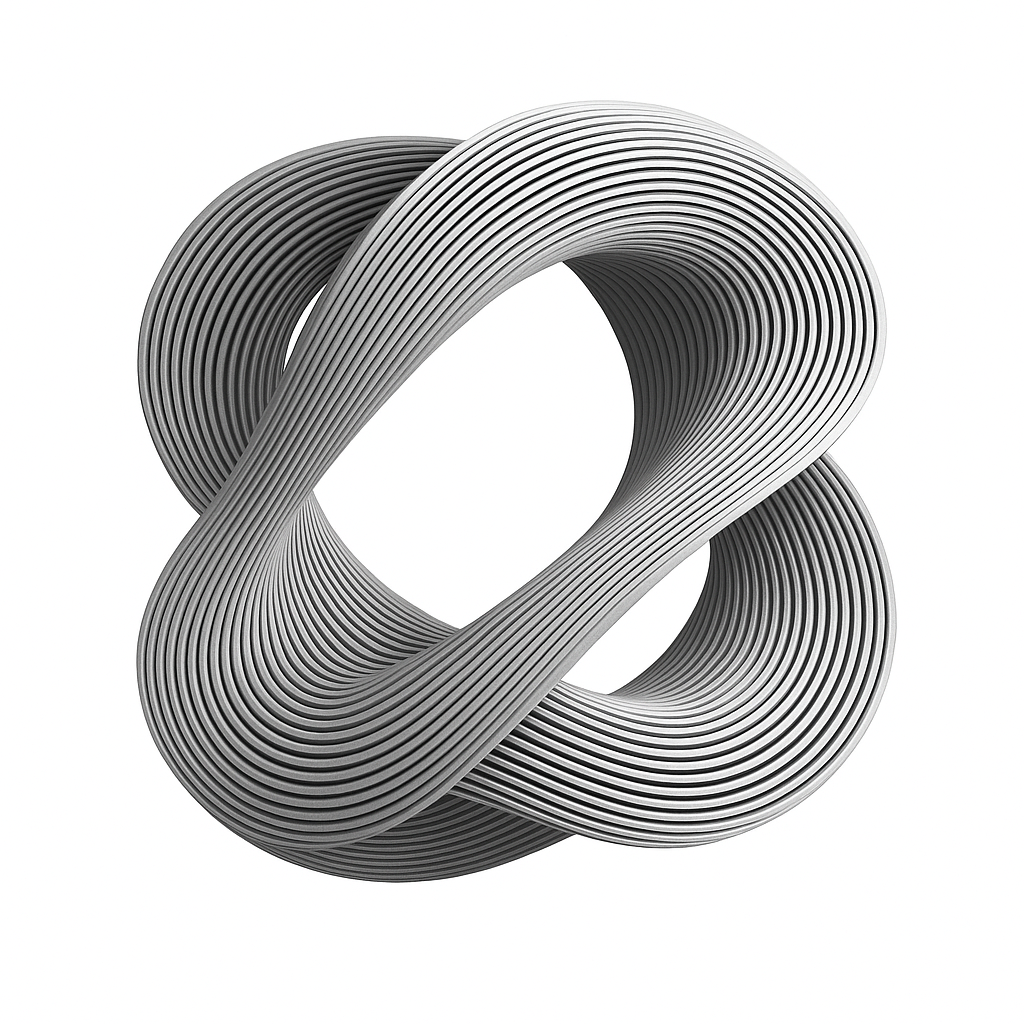
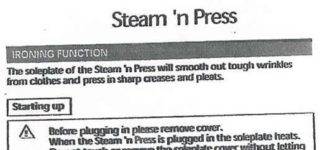
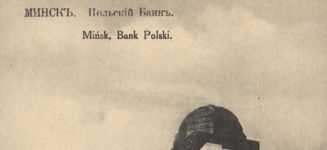
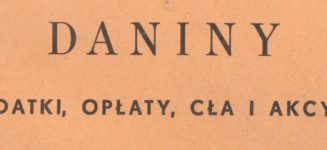
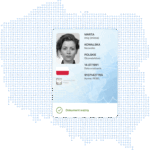 mDowód jest elektroniczny, ale nie działa online!
mDowód jest elektroniczny, ale nie działa online!